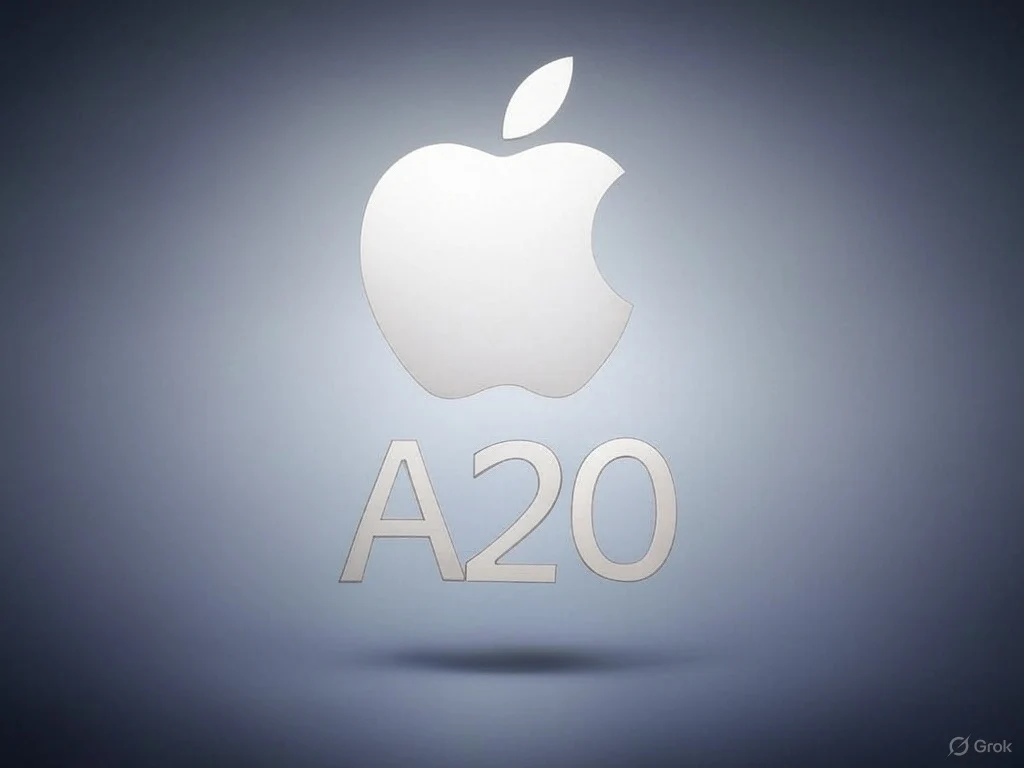Key Takeaways
1. The Apple A20 chip will be released with the iPhone 18 in 2026, but it won’t be made using TSMC’s advanced N2 node as previously expected.
2. The A20 will instead use TSMC’s N3P node, the same technology as the A19 chip scheduled for release this year.
3. The A20 will feature TSMC’s CoWoS (Chip on Wafer on Substrate) packaging to differentiate it from the A19.
4. TSMC’s 2 nm node is set to begin mass production in late 2025, which aligns with the timeline for the Apple A20 chips.
5. The upcoming Apple M5 chip for iPad Pros will also use N3P technology, likely due to rising wafer costs.
There has been a lot of talk about Apple’s A20 chip, which is expected to come out with the iPhone 18 in 2026. Some wild stories suggest that Intel Foundry might be involved in making it. However, it seems unlikely that Apple would switch to using the 18A tech so quickly, especially since it has strong partnerships with TSMC. Recently, 9to5Mac has shared some new details about the A20 that might not sit well with some die-hard Apple supporters.
Manufacturing Details
In a twist from previous information, the Apple A20 will not be produced on TSMC’s advanced N2 node as once thought. Instead, it will remain on the N3P node, which is also the same one used for the A19 chip set to release this year. To set the A20 apart from its predecessor, it will feature TSMC’s sought-after CoWoS (Chip on Wafer on Substrate) packaging.
Future Production Plans
According to TSMC’s plans, its 2 nm node is expected to begin mass production in the second half of 2025, aligning with the schedule for the Apple A20 chips for the iPhone 18. Even the upcoming Apple M5 chip for the iPad Pros will stick with the N3P technology, likely due to the rising costs of wafers. N2 is TSMC’s first technology to utilize Nanosheets (gate-all-around), which should bring noticeable improvements in performance, efficiency, and thermal management.
MacRumors has indicated these developments may change the expectations for Apple’s future chip advancements.
Source:
Link


